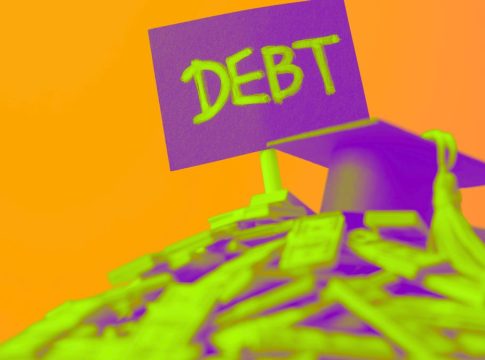A Guide for SAVE Borrowers: What to Do Now
As student loan changes continue to unfold, many borrowers enrolled in the Saving on a Valuable Education (SAVE) repayment plan find themselves in uncertain territory. With little clarity about when payments will resume, it’s essential to consider your options and plan ahead.
When Will Payments Restart?
As of now, the timeline for restarting payments for SAVE borrowers remains ambiguous, but experts predict it could happen as early as the end of this year. The Department of Education has placed borrowers in a general forbearance, allowing them to temporarily pause payments without accruing interest. Some specialists, like Robert Farrington from The College Investor, even suggest that this forbearance could extend until mid to late 2026.
While in forbearance, borrowers don’t have to worry about their accounts going into collections. However, if you are pursuing Public Service Loan Forgiveness (PSLF), be aware that the months during this pause won’t count towards your forgiveness goals.
Should You Switch Payment Plans?
Borrowers, especially those pursuing PSLF, face important decisions during this period. Here are your options:
-
Switch to Another Income-Driven Repayment Plan: Transitioning to an alternative plan (like ICR, IBR, or PAYE) can allow your payments to count toward PSLF’s requirement of 120 qualifying payments. However, be prepared for potential processing delays.
-
PSLF Buyback Program: If you believe you would have hit the 120-payment mark without the forbearance, apply for the PSLF Buyback program. This initiative lets you make a lump-sum payment for months spent in forbearance, ensuring those months count toward your total.
- Wait It Out: If you’ve recently enrolled in PSLF or are far from forgiveness, consider staying put until a new payment plan starts. Though your forbearance months won’t count toward PSLF, you can use this break to budget for a potential increase in payments.
Take Proactive Steps Now
Even though payments are paused, don’t miss the opportunity to prepare your finances. Here are two recommended moves:
-
Explore Other Payment Plans: Use the Federal Student Aid’s Loan Simulator to assess how different plans will affect your monthly payment amount. Understanding your options can help you make informed choices when payments begin again.
- Start Saving: If your budget allows, consider setting aside the equivalent of what your future payments will be. Deposit these funds into a high-yield savings account, allowing your savings to earn a little interest. This strategy can provide a financial cushion you’ll appreciate when payments resume.
Conclusion
With the SAVE repayment plan now officially out, it’s crucial to understand your options and make informed decisions. Take this time seriously—whether it’s reviewing payment plans or building a savings buffer, preparation can ease the transition back into repayment. By staying proactive, you can successfully navigate this challenging landscape and move toward financial stability.

Writes about personal finance, side hustles, gadgets, and tech innovation.
Bio: Priya specializes in making complex financial and tech topics easy to digest, with experience in fintech and consumer reviews.

